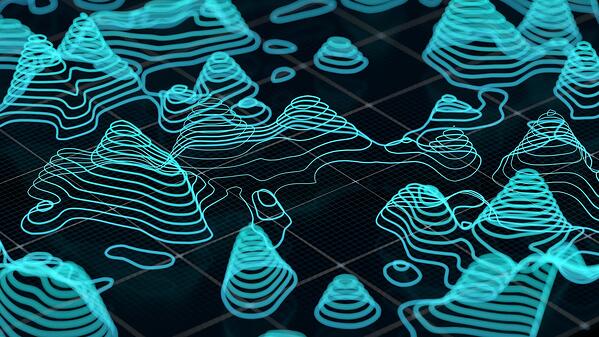Businesses have a limitless set of tools at their disposal. They can get a view of their business that just was not possible a decade ago—or even five years ago. Technology, like business analytics, big data, the internet of things, and business intelligence, offers an objective perspective that companies can use to build their strategy, develop innovations, and guide their business roadmap and drive digital transformation.
The Challenge Of IoT In Business
IoT is different from most other business technologies. Big data and other analytics offerings all exist in the cloud or on an on-premise server. By contrast, IoT enables physical ‘things’ and all of these ‘things’ have a physical location. This means businesses must think about much more than just the data that the IoT brings in or the ability to control and adjust IoT devices from a remote location. They must also consider where and how much space the device takes up, placement and number of sensors that are needed, how the devices are operating and when maintenance is required, and other location specific data, boils down to data mapping.
When businesses do not have access to this information, several problems can occur. Data from similar IoT devices in different locations can be mixed up. Another issue can come from devices in unsecured locations. They can be intentionally or unintentionally tampered with without the business knowing. In short, without proper visualization a business does not have complete control over their devices and therefore is unable to fully harness their capabilities to fully take part in necessary digital transformation.
The Solution To IoT’s Business Challenge
There is a solution that allows companies to overcome location-based hurdle. The right IoT platform allows businesses to tie their data to a location with an Internet of Things map. This offers a number of benefits and gives the organization new ways to utilize the power of their devices.
1. Inventory Accuracy
An IoT map allows a business to maintain inventory accuracy and keep track of each device they employ. The platform can visualize every device to a physical location, as well as the device’s serial number and support contacts, etc., so inventory can be fully visualized.
Through indoor mapping with IoT visualization, it can bring inventory and assets alive. Whether as simple as just ‘seeing’ everything in a warehouse or advanced indoor wayfinding routes it begins with the marriage of IoT and indoor mapping.
2. Operational Efficiency
Location-based data, the kind provided by platform-supported IoT, improves efficiency in every operation connected to an IoT device. The specifics of the data allow it to provide more accurate and actionable insights. It enables leadership to better visualize occupancy, understand their sensors, improve space utilization, increase control over organizational assets, and more. In short, the concept of big data begins to apply to IoT—the more data the better, especially if the data can be analyzed effectively.
3. Increased Control And Visibility
While some IoT devices are stationary, many are mobile. And it is these devices that need location-based services the most. Location based services allows businesses to do everything from monitor and locate to secure and manage all of the connected devices from one platform—and all in real time.
Using web services location APIs to locate connected devices, enabling comprehensive integration of IoT across all processes, systems, and operations. One of the best technologies to use for this type of tracking is IoT GIS due to its pinpoint accuracy and reliability.
4. Enabled Automation

A 3D mapping platform with IoT integrations can help organizations to increase their automation of core processes. The most basic example of this automation is done through location tagging. This automation alerts the company when various actions occur, such as when a vehicle reaches its destination and an order is delivered. This information can then be passed on to predictive modeling to optimize planning for similar future events or to a response task if a problem occurred.
Another example of enhanced automation ability can be seen through automated audit checks or inventory verification. The platform can continuously be analyzing the location of assets and inventory to ensure that they are where they are supposed to be. This type of data can help companies to lower their bank loan basis points and insurance costs.
5. Enhanced Data
IoT platforms that are location based services enabled provide additional and important data points—data points that offer necessary context for leadership. This data can prove to be invaluable in helping a company to more clearly understand their current operations and allow them to more accurately decipher the rest of the data that their IoT devices provide.
Businesses that are harnessing the power of IoT can most effectively do so by using a platform that collects location-based information from the devices. This data protects devices and inventory, optimizes operations, enhances visibility, and allows for better insights.

